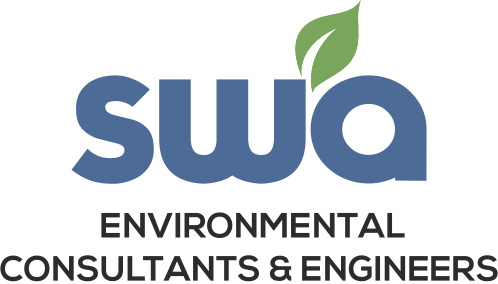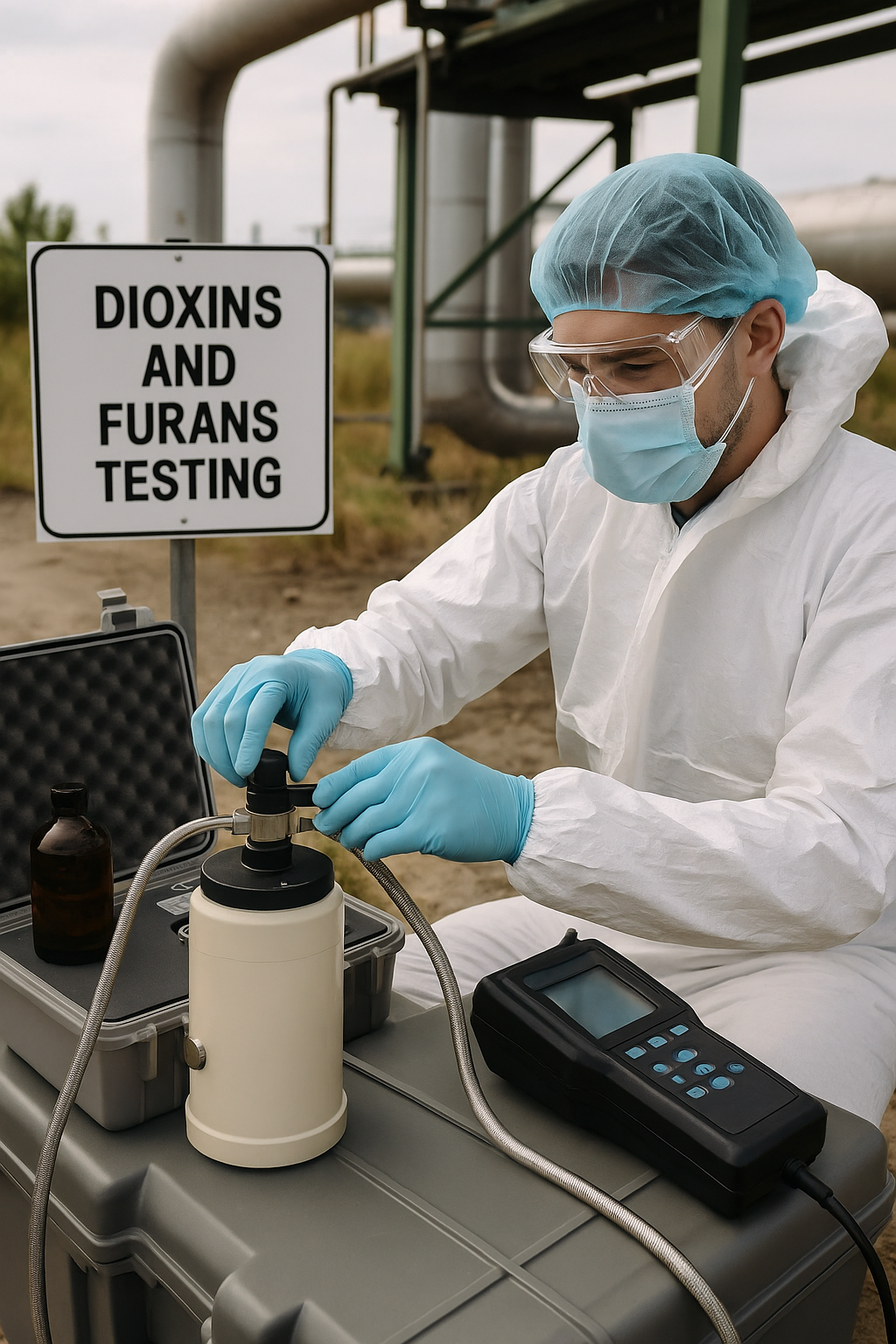Dioxins & Furans in Stack Emissions: Why It Matters
Dioxins (PCDDs) and Furans (PCDFs) are classified as Persistent Organic Pollutants (POPs) due to their:
- Extremely high toxicity, even at ng/Nm³ levels
- Bioaccumulation in soil, water, animal fat, and food chains
- Health risks including cancer, immune and reproductive disorders
Though unintentionally generated during combustion, these compounds pose a serious compliance and environmental liability when released via industrial stack emissions.
Regulatory Standards in India
Per CPCB regulations, all incineration facilities must adhere to strict stack emission limits:
- Total dioxins and furans must not exceed 0.1 ng TEQ/Nm³, measured over 6–8 hours of emission sampling
Additional CPCB mandates include:
- Recording dioxin/furan tests at least annually, with more frequent checks if emission quality is critical.
- Maintaining sampling platforms built to specific diametric norms, ensuring accuracy and compliance
- Failure to comply can result in legal penalties, denial of environmental clearance, or factory shutdowns. Testing and data submission are non-
- negotiable for regulatory compliance.
Common Sources of Emission
- Municipal & biomedical waste incinerators
- Coal-fired boilers and thermal power stations
- Cement, brick, and metal production kilns
- Chemical and plastic processing units
Globally recognized as the gold standard, EPA Method 23 specifies:
- Isokinetic sampling across stack cross-sections for representativeness.
- Minimum sample duration of 4-8 hours, with oxygen (or CO₂) levels recorded simultaneously to correct results to dry basis.
- Use of isotope dilution and HRGC/HRMS analysis to detect dioxins/furans at extremely low concentration (ng/Nm³ to pg/m³)
- Multiple sampling traverses (typically at least three) and points to minimize variability
India accepts Method 23 or equivalent as CPCB-compliant methodology. This approach yields reliable, traceable, and defensible emission results.
Which Facilities Require Stack Emission Testing?
Mandatory testing applies to facilities with high-temperature processes, including:
- Waste incinerators (biomedical, municipal, hazardous)
- Boilers in thermal power plants
- Cement and metal kilns
- Petrochemical and chemical processing units
CPCB requires testing at least once per year, with more frequent audits if specified by state boards
Why Accurate Stack Testing Matters
- Demonstrates compliance with 0.1 ng TEQ/Nm³ dioxin limits set by CPCB.
- Supports regulatory filings and environmental clearances with official data.
- Helps to identify process inefficiencies or emission hotspots, enabling proactive risk mitigation.
- Builds corporate and ESG credibility through transparent environmental responsibility.
SWA Enviro: Your Trusted Partner for Stack Emission Compliance
SWA Enviro specializes in stack emission dioxin/furan testing using fully compliant EPA Method 23 practices.
Why Work with SWA Enviro?
- Certified Isokinetic Sampling
Our technicians operate CPCB-approved stack sampling trains with isokinetic traversal across equal-area segments for highest accuracy. - Reliable Laboratory Analysis
Using high-resolution GC/HRMS and isotope dilution, we detect PCDD/PCDF with ultra-trace precision (down to pg/m³). - Compliance-Focused Reporting
Our detailed TEQ-based emission reports include QA/QC documentation, oxygen corrections, and audit-ready formats. - Sector Expertise and Support
We routinely service incinerators, boilers, cement plants, and hazardous waste facilities—providing full documentation for CPCB, MOEFCC, or internal audits. - Fast, Transparent Service
From on-site sampling to shipment with chain-of-custody and final certified reporting, we uphold ISO/IEC 17025 standards and ensure timely delivery.
Don’t let compliance risk go unchecked. If your facility operates any combustion process:
Schedule stack emission testing with SWA Enviro today.
Benefit from CPCB-aligned sampling, NABL-accredited lab analysis, and audit-ready reporting — so you can focus on operation, not documentation.

